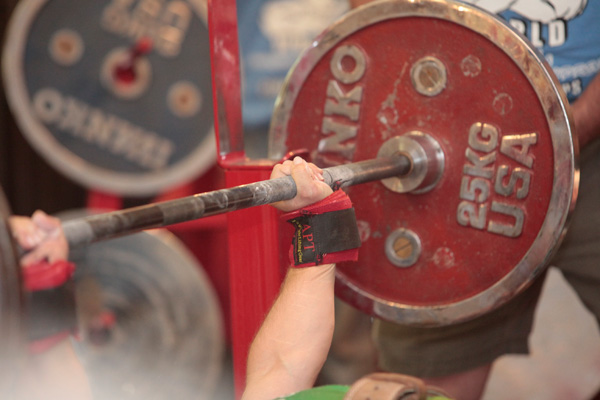Like most important things in life, physical training can be both as complex as to justify getting advanced degrees on, yotabytes of published information and controversy all over the place and as simple as brushing your teeth and going to work.
Complexity makes it fun and calls for questions and improvement. Simplicity makes it feasible by anyone.
- Focus on movement instead of muscles
Muscles contract in the context of a huge chain of neuro-endocrine-skeletal-joint-muscular system. This chain of command and execution produces MOVEMENT. You can’t go wrong by choosing to train movement.
- Organize your routines into movement types
Yes, it looks like we’re back to the A,B,C type of split. But that’s only what it looks. The idea is to make things really simple to organize, and do it yourself instead of getting all anxious over a pre-formatted general program. General programs, those designed to fit everyone, actually fit nobody.
Human movement follows certain patterns, like an alphabet. With that basic alphabet, we can write infinite texts, or move in infinite ways. There is some controversy in what constitutes this “basic alphabet”, but in three items all authors agree: squatting, pushing and pulling.
Organize it to fit your life (and not vice-versa). For example:
| Monday | Tuesday | Wednesday | Thursday | Friday | |
| Squat day | X | X | |||
| Push day | X | X | |||
| Pull day | X |
This one looks pretty much like a traditional powerlifting training week, except that there is usually a rest day after three training days and some training day on Saturday or Sunday (when powerlifters have their workout buddies to help).
You can train 6 days / week and add an extra pull day on the 6th (as long as you don’t deadlift twice a week) or you can train just 3 days / week, which is what I find to be the most frequent case.
- If you train more than 3 times/ week make sure to vary the intensity of the main lift (the squat, the bench press and the deadlift).
Over 80% intensity (percentage of your 1RM, or heaviest weight you can lift that day), going heavier will produce not only “gainz”, but also losses. It is called “supercompensation curve” and it starts with inhibition.
Use variety to keep your workout with a good balance between intensity and volume.
So, in one squat day you can go 80% and over (vary that through the weeks). On the next squat day, go for power (speed).
- Add some high volume, low interval exercise or set of exercises at least twice a week. People like to give this type of training cute names and sell them to you as something new: it is not. It is a training principle and everybody knows that, except the person who is buying the new wrapping. That is what will help you gain more cardio-vascular resistance.
Next we will see what types of exercise fall into each class and how they can be combined.

